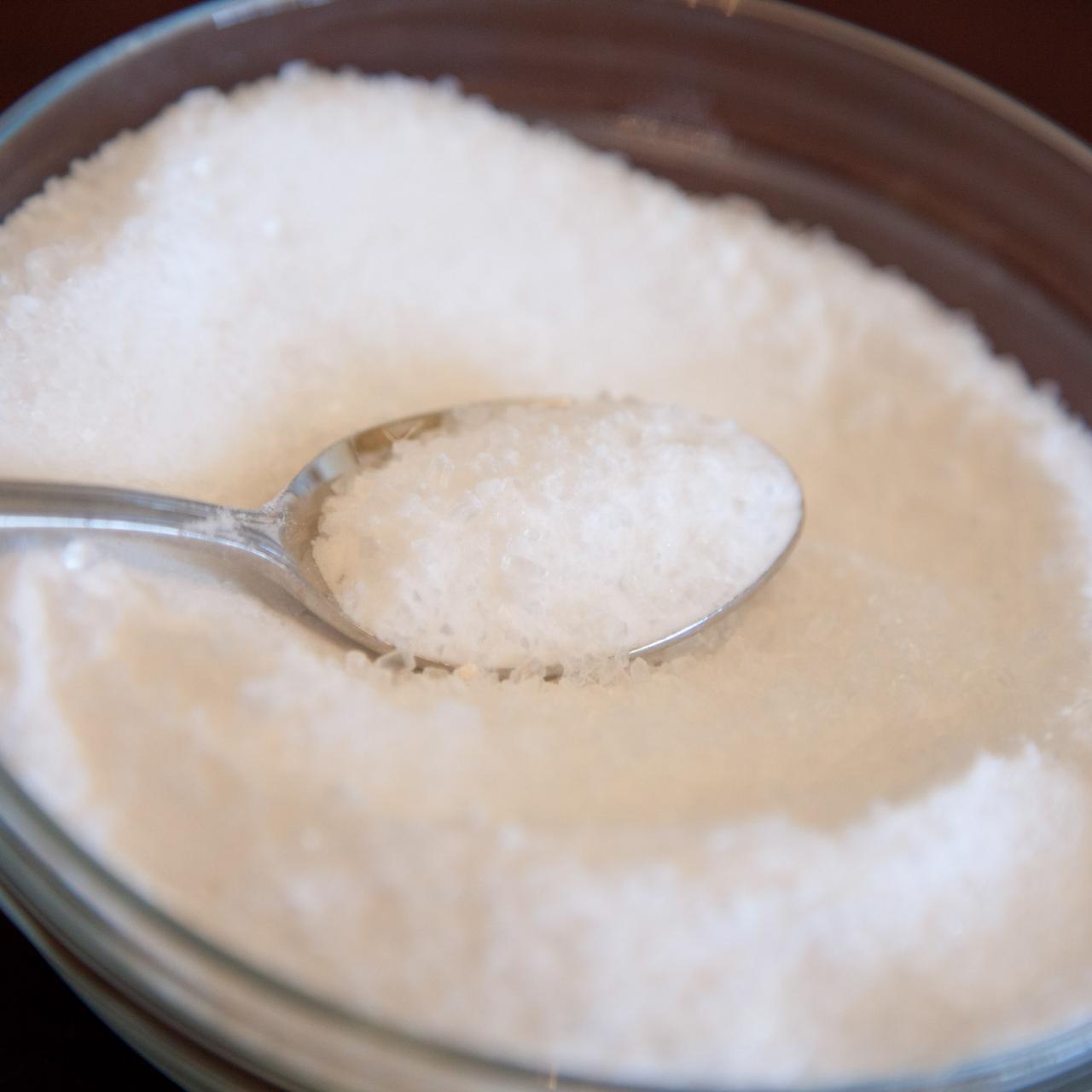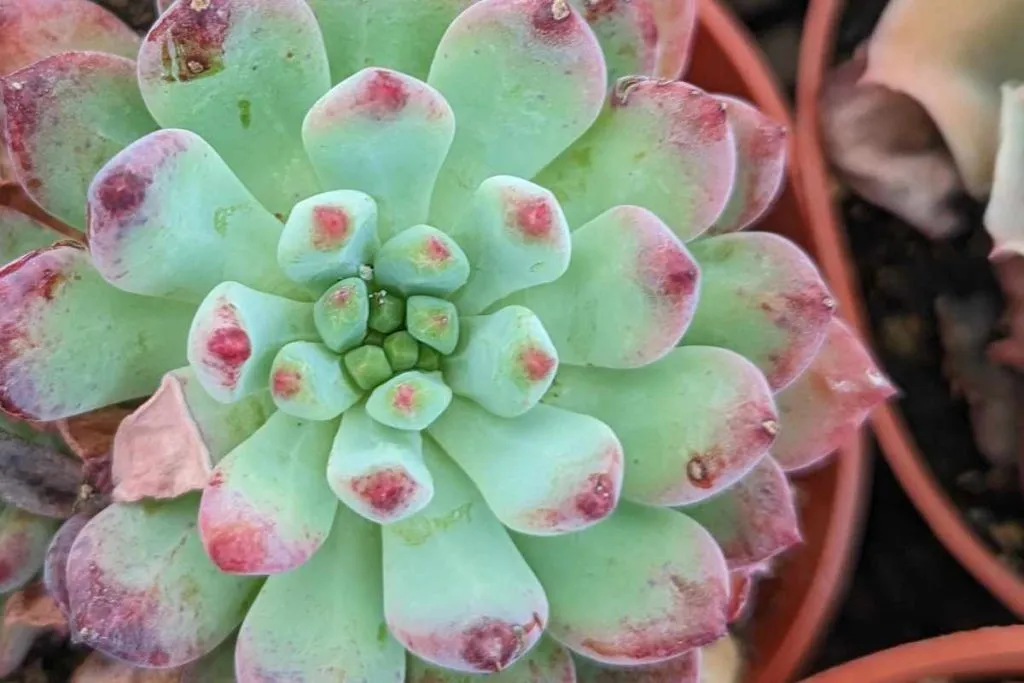What Plants Don't Like Epsom Salt and also Their Alternatives
Wiki Article
Discover the Details Plants That Are Adversely Influenced by Epsom Salt Application
Epsom salt, a preferred household remedy for various horticulture issues, is commonly praised for its useful impacts on plant development. Not all plants respond favorably to its application. Understanding the specific plants that can be negatively influenced by Epsom salt is crucial for any kind of gardener aiming to optimize their plant treatment regimen. Roses, tomatoes, rhododendrons, azaleas, and peppers are just a few examples of plants that might not react well to Epsom salt. The factors behind these negative results and exactly how to mitigate them are vital understanding for maintaining a growing yard.Roses

Roses, specifically conscious modifications in their setting, can be negatively affected by the application of Epsom salt. While Epsom salt is generally made use of as a plant food to advertise plant development and improve blooming, roses are among the plants that do not respond well to its application. The high magnesium web content in Epsom salt can interfere with the uptake of various other essential nutrients by the rose plants, causing shortages that materialize as yellowing leaves or stunted development.

Tomatoes
Tomatoes, recognized for their adaptability in culinary applications, can exhibit negative impacts when exposed to Epsom salt because of their details nutrient requirements. While Epsom salt is usually promoted as a solution for various plant concerns, including blossom end rot in tomatoes, its application can bring about damaging results if not used deliberately. Tomatoes are heavy feeders that need a well balanced intake of nutrients, particularly calcium, to thrive. Excessive Epsom salt, which is magnesium sulfate, can interfere with the fragile nutrient balance needed by tomatoes, potentially bring about shortages in other vital nutrients like calcium. This discrepancy may manifest in signs and symptoms such as stunted growth, yellowing fallen leaves, and even lowered fruit manufacturing in tomatoes. Therefore, when taking into consideration making use of Epsom salt on tomatoes, it is vital to abide by recommended application prices and dirt testing to avoid unintended consequences on the overall health and productivity of these beloved garden plants.Peppers
Peppers, respected for their numerous colors and degrees of spiciness, can demonstrate sensitivity to unfavorable impacts from Epsom salt when not used with treatment and factor to consider for their particular nutritional demands. what plants don't like epsom salt. Peppers, belonging to the Solanaceae family members, need a delicate equilibrium of nutrients to prosper. While Epsom salt is known to improve magnesium levels in plants, too much application can interrupt this equilibrium, bring about negative results on pepper plantsWhen peppers are subjected to high degrees of magnesium from Epsom salt, it can hinder the plant's ability to take in various other vital nutrients like calcium and potassium. This imbalance may check this site out show up in symptoms such as leaf staining, stunted development, and reduced fruit production. In addition, the excessive magnesium can modify the soil pH, more intensifying nutrient uptake problems for peppers.

navigate to this website
Rhododendrons
Given the level of sensitivity of certain plant types to inequalities triggered by Epsom salt, it is important to consider the influence on Rhododendrons, which additionally require specific nutrient levels to flourish. Rhododendrons are acid-loving plants that like acidic dirt conditions with click to find out more a pH range in between 4.5 and 6.0. Epsom salt, chemically called magnesium sulfate, can modify the dirt pH and interrupt the delicate equilibrium of nutrients important for Rhododendron health and wellness.
To maintain the optimum development and health of Rhododendrons, it is essential to avoid the unplanned usage of Epsom salt and instead concentrate on supplying the details acidic soil problems and nutrients that these plants need for flourishing.
Azaleas
These prominent blooming plants are commonly found in parks, landscapes, and gardens due to their charm and versatility. While Epsom salt is frequently utilized as a treatment for magnesium deficiency in plants, its application to azaleas can have negative results.Azaleas prefer somewhat acidic soil conditions, and an extra of magnesium from Epsom salt can disrupt this equilibrium, leading to nutrient discrepancies and prospective toxicity problems. The inaccurate application of Epsom salt can result in stunted growth, yellowing of leaves, and overall decrease in the health of azaleas.
Final Thought
To conclude, it is necessary to be knowledgeable about the details plants that can be detrimentally affected by the application of Epsom salt. Roses, tomatoes, rhododendrons, azaleas, and peppers are some examples of plants that may not gain from Epsom salt and could even suffer injury. It is important to study and understand the requirements of each plant varieties before using Epsom salt as a plant food to ensure their health and wellness and health.
Understanding the particular plants that can be detrimentally influenced by Epsom salt is critical for any gardener looking to enhance their plant treatment regimen. While Epsom salt is commonly utilized as a plant food to advertise plant growth and improve blooming, roses are one of the plants that do not react well to its application.Too much usage of Epsom salt can also result in a build-up of salts in the soil, leading to root damages and dehydration of the rose plants. While Epsom salt is known to increase magnesium levels in plants, extreme application can interrupt this stability, leading to adverse results on pepper plants.
The high salt web content in Epsom salt can also dehydrate Rhododendron roots, causing further tension and damages to the plant. (what plants don't like epsom salt)
Report this wiki page